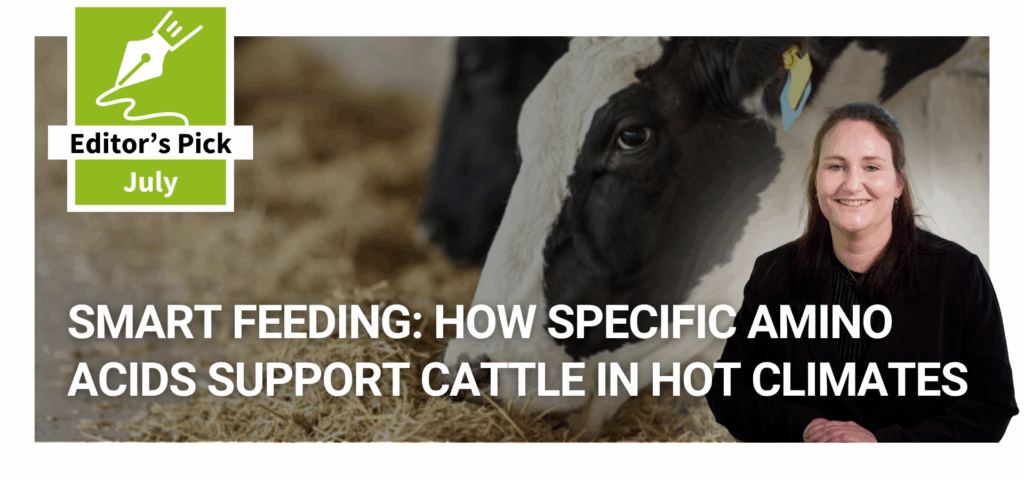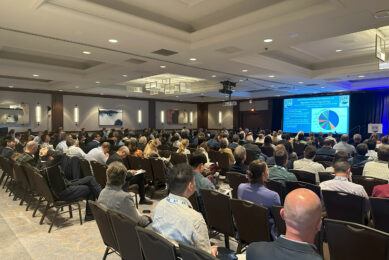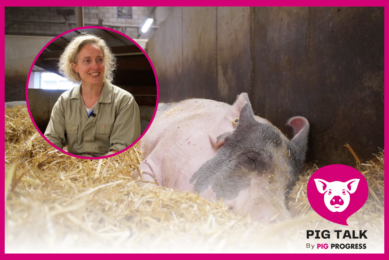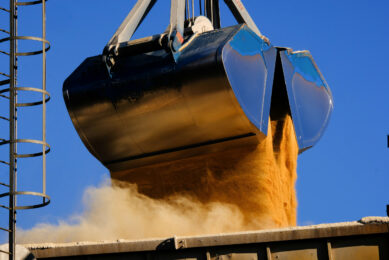How binding proteins in feed could mitigate diarrhoea in piglets
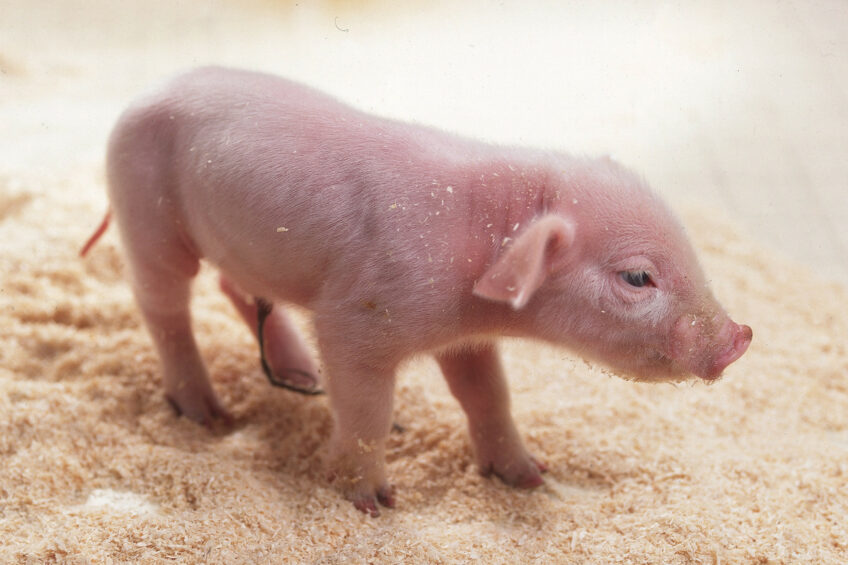
Lowering antibiotic use and the phasing out of pharmaceutical zinc oxide in Danish pig herds have prompted researchers to look at alternatives to mitigate diarrhoea in piglets.
Protein-based solution emerges
With concerns high over the risk of resistance in the pathogenic bacteria and environmental pollution, scientists believe that one approach – binding proteins “nanobodies” to the feed – could be an effective solution.
Trial results show promise
Diarrhoea in piglets post weaning is both a welfare and economic problem for the sector, but results from a trial carried out by the Department of Animal and Veterinary Sciences at Aarhus University, have shown promise.
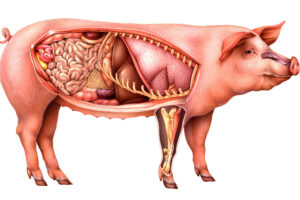
Targeting E. coli toxins
The addition of nanobodies to the feed, which are small antibody fragments termed VHH-constructs, target toxin-producing E-coli.
International team collaboration
Working with a team at the University of Parma and the biotech company Bactolife, the researchers found that adding a combination of 2 types of VHH constructs (BL1.2 and BL 2.2) to the feed inhibited diarrhoea in pigs inoculated with E. coli F4+.
Faecal bacteria reduced
They showed that this reduced the number of coli bacteria in the faeces and decreased the ability of the coli bacteria to adhere to the intestine.
Protecting the intestinal barrier
At the same time, the binding proteins reduced the damaging effect of the pathogen on the integrity of the intestine. An E. coli infection makes the intestine more permeable, which makes the pig vulnerable to the transfer of bacteria, viruses and harmful substances to the blood.
Better barrier with VHH
Feed containing VHH constructs improved the integrity of the intestinal barrier compared to pigs that were infected with E. coli but did not receive VHH constructs in the feed.
Immune response modulated
The researchers also found that it affected the pigs’ response to the inflammatory state that arises in the wake of an E. coli infection; the VHH constructs maintained the same level of granulocytes in the blood as a control group that was not infected with E. coli.
Acute phase effects reduced
At the same time, the VHH constructs mitigated the changes in acute phase proteins, which are the animal’s first response to an infection or tissue damage.
Surviving feed processing
VHH constructs are quite stable compared to conventional antibodies. Still, it is important to ensure that they remain effective even when the feed is heated to at least 81 °C. This is due to Danish requirements for heat treatment of finished feed.
Heat stability confirmed
The researchers showed that BL1.2 and BL2.2 had the same binding ability after freeze-drying and after heating to 75°C. At 95°C, BL1.2’s binding ability disappeared completely, while BL2.2’s binding ability was slightly reduced. This suggests that the VHH constructs can withstand the heating used in practice.
Diarrhoea still reduced in pigs
Even more importantly, the addition of VHH constructs reduced the occurrence of diarrhoea in the pigs, even when the feed was pelleted. “This is clearly one of our most important findings,” says Jiajia Xu, who is a postdoc at the institute but worked on the experiment during her PhD. “It means that the applicability of binding proteins in the feed is much more realistic.”
Matching bacterial structures
Usually, E. coli F4+ and F18+ are the cause of diarrhoea when piglets are weaned. F4+ and F18+ refer to hair-like protein structures, fimbriae, which the bacteria have on their surface. These help the bacteria attach to the intestine and cause diarrhoea. This also means that the VHH constructs must fit like a key in a lock -they only work if they are targeted precisely at the structure (virulence factor) that causes the diarrhoea.
Next target: F18+
“We would very much like to see VHH constructs developed against F18+ as well,” says Jiajia Xu. “It would make it safer to target the bacteria that cause diarrhoea if there were binding proteins against both F4+ and F18+,” he added.
Dual strategy approach
The researchers chose to study a combination of 2 VHH constructs against F4+, because they work differently. In this way, the enemy is attacked on several fronts.
Toxins and fimbriae blocked
BL1.2 binds directly to the F4+ fimbriae, while BL2.2 binds to some heat-sensitive toxins that E. coli bacteria secrete and that make the piglets sick.
Now mixed into feed
It was already known that the VHH-constructs work individually and in combination. That was shown before by giving the constructs directly into the mouths of piglets in an earlier collaboration with Bactolife. What’s new is that the constructs are now mixed into pelleted feed and are therefore more relevant for practice.
From camels to piglets
It is only about 3 decades since the unique antibodies of the camel family were discovered and the biotechnology for purification and production of VHH took off. Since then, the method has become widespread in research, diagnostics, and therapy – for example against viruses, bacteria, or cancer). VHH constructs are not yet used routinely in commercial pig production. However, the study, which was recently published in Journal of Animal Science and Biotechnology, suggests that it could also soon become a reality in pig production.
Legal barriers remain
However, one obstacle is that legislation is preventing VHH constructs from being used as a feed additive. This requires approval in the EU based on thorough documentation of their effect and an assessment of the possible harmful effects of the substances.



